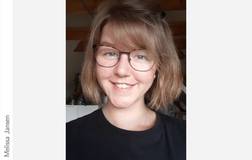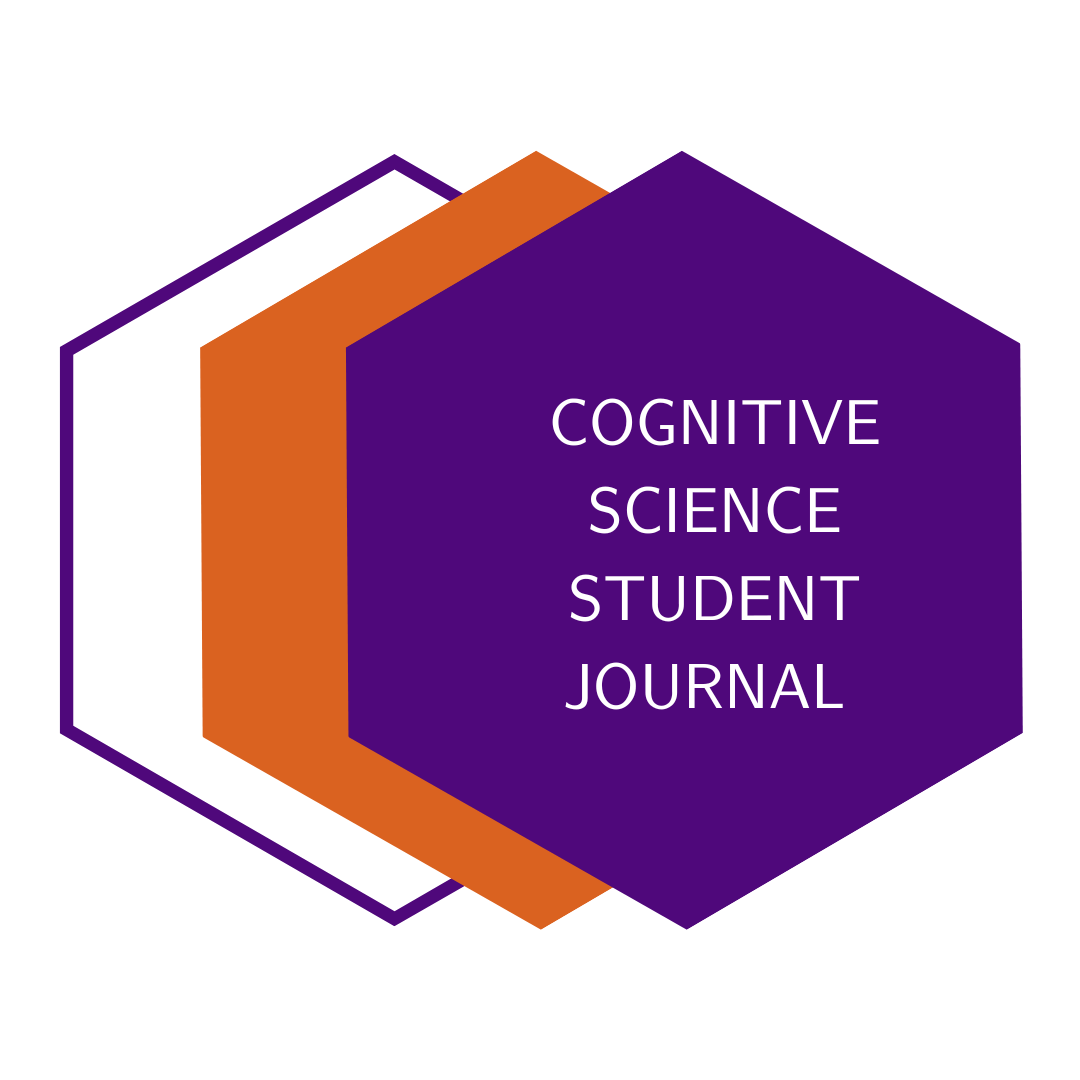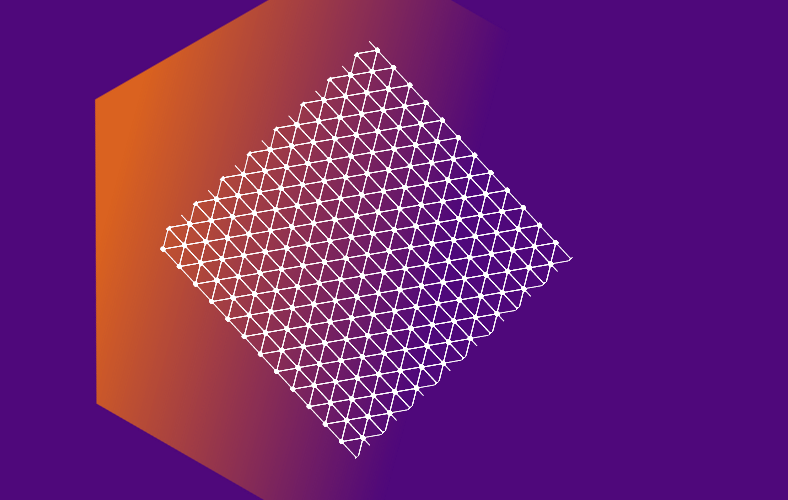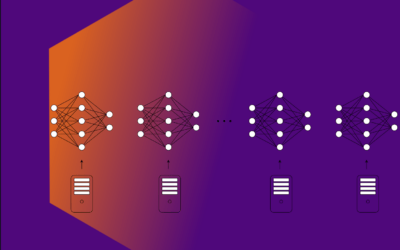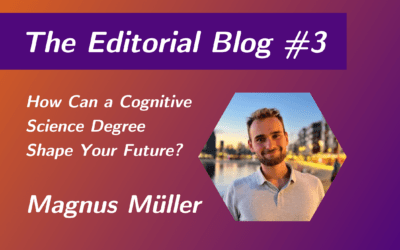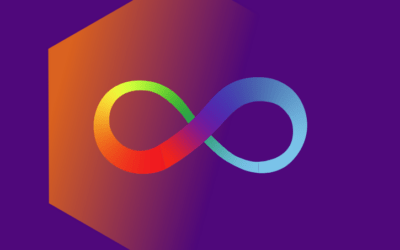In this essay, we argue for the inclusion of NRT in music education curricula and provide practical examples of how to make it happen. We understand that every school and country has different curriculum structures, so we tailored our examples to different stages of musical education. We have also considered different learning styles to make our suggestions easy to follow and flexible to implement.
Bonus: There are plenty of interactive Tonnetz representations available for free! They can be used as supplementary teaching materials, adding an exciting and interactive element to music education.
So, let’s dive into the world of NRT and Tonnetz, and discover how they can transform music education for the better!
Spoiler Alert:
Music theory can seem like a puzzle, but what if we told you that diagram from 1739 can make music analysis more accessible and exciting? NRT and its Tonnetz visualizations offer a gateway to understanding harmonization principles at all levels of education. Are you up for the challenge?
Good to know:
Ideally, you are equipped with basic knowledge of music theory, however, this is not crucial, as key concepts are highlighted and explained throughout the text. You heard that there are different learning types – e.g., visual learners – and you have a rough understanding of didactics.
Course:
Artificial Intelligence, Essay for ‘Formal Models for Analyzing and Creating Music’ taught by Kai-Uwe Kühnberger. ST22
 Loading...
Loading...
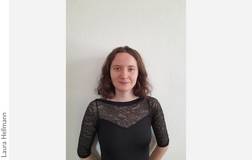
Laura Hellmann
